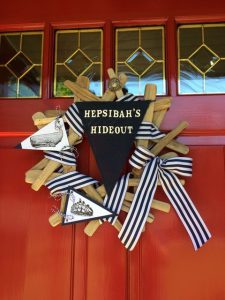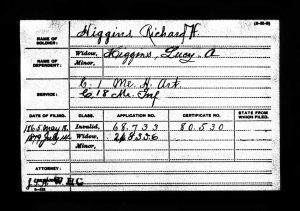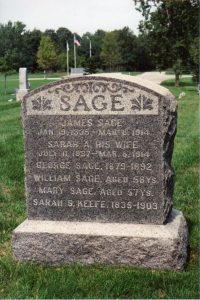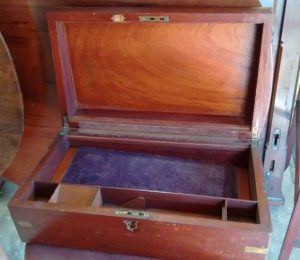
One of the features of the recently-announced engagement of Meghan Markle and Prince Harry of Wales is the news that they are distant cousins, descendants of Sir Philip Wentworth (d. 1464) and Mary Clifford. It is remarkable to think of this remote pair, who lived 550 years ago, being represented today by the engaged couple, both born as recently as the 1980s. So who were they, Sir Philip and Lady Wentworth?
Philip Wentworth was born about 1424 to Roger Wentworth, Esq. (d. 1462) of Parlington, Yorkshire, and Nettlestead, Suffolk, and his wife Margery le Despencer (widow of John de Ros, 7th Baron de Ros). Philip would become Usher of the King’s Chamber, King’s Sergeant, Esquire of the Body, King’s Carver, and Sheriff of Norfolk and Suffolk. The Constable of Llansteffann and Clare Castles, Sir Philip was also a Knight of the Shire of Suffolk. Continue reading A family affair








